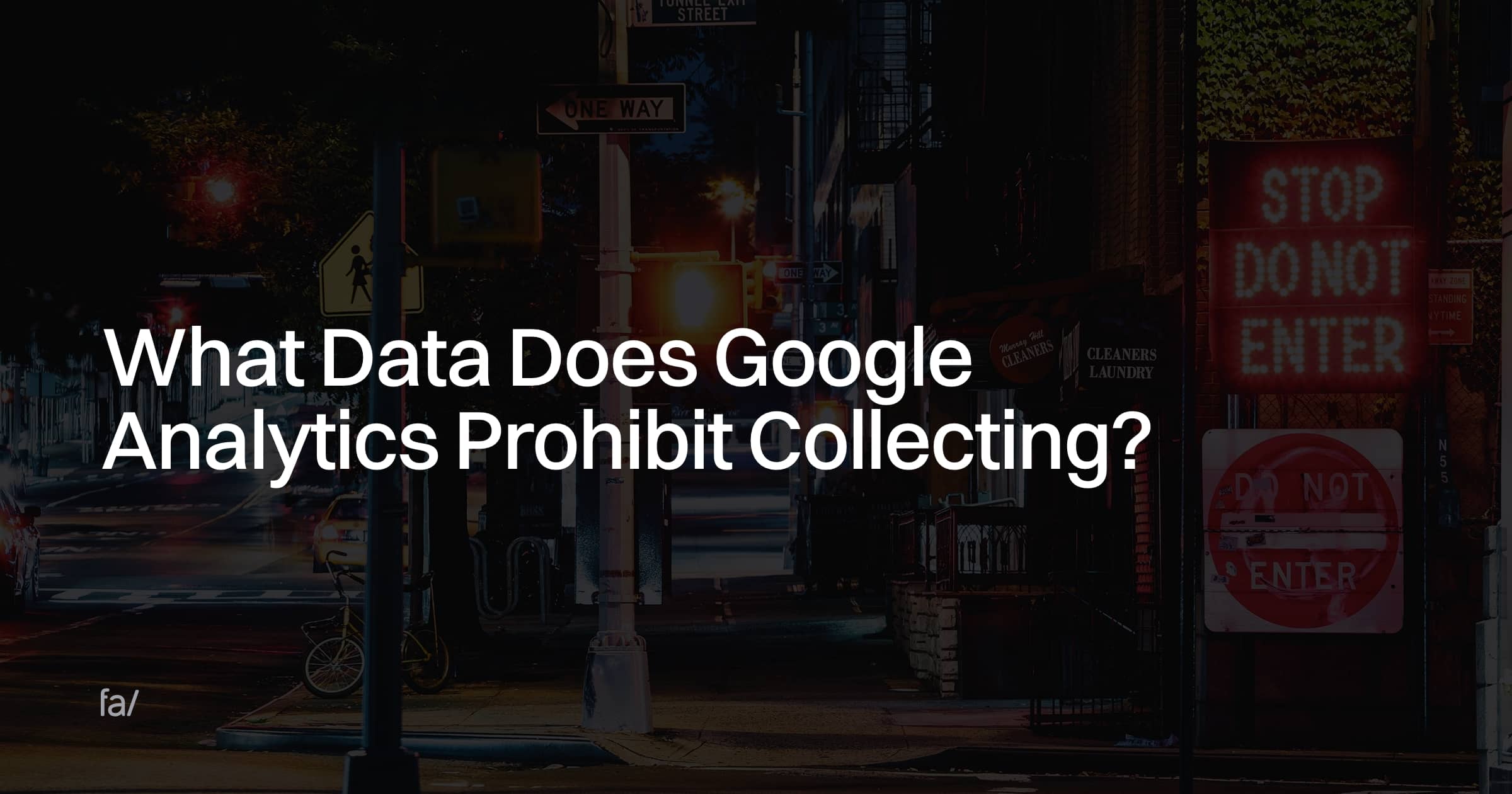Grasping the Art of Conquering Information Collection Limitations in Google Analytics for Better Decision-Making
In the realm of electronic analytics, the capacity to remove purposeful insights from data is extremely important for notified decision-making. Google Analytics stands as a powerful device for services looking for to recognize customer behavior, track conversions, and maximize their on the internet presence. However, information collection constraints within this system can hinder the precision and deepness of the info collected. To truly harness the capacity of Google Analytics for critical decision-making, mastering the art of conquering these constraints is important. By using advanced methods and strategic approaches, organizations can boost their information high quality, unlock concealed understandings, and lead the way for even more effective and educated decisions.
Information High Quality Analysis
Evaluating the quality of data within Google Analytics is a crucial action in making sure the integrity and precision of understandings stemmed from the gathered details. Data top quality analysis entails assessing numerous elements such as accuracy, efficiency, consistency, and timeliness of the data. One vital aspect to consider is data accuracy, which refers to just how well the data shows the real values of the metrics being gauged. Incorrect information can result in damaged verdicts and misdirected business decisions.
Efficiency of information is another essential element in evaluating information top quality. Consistency checks are additionally essential in information top quality assessment to determine any discrepancies or abnormalities within the information set. By prioritizing information top quality analysis in Google Analytics, services can boost the reliability of their analytics records and make even more enlightened decisions based on precise insights.
Advanced Monitoring Strategies
Making use of innovative tracking techniques in Google Analytics can significantly improve the depth and granularity of information accumulated for even more extensive analysis and insights. One such strategy is occasion monitoring, which permits the tracking of particular interactions on a site, like clicks on buttons, downloads of documents, or video views. By applying occasion monitoring, services can acquire a much deeper understanding of individual behavior and involvement with their on-line material.
In addition, custom-made measurements and metrics offer a means to customize Google Analytics to details service needs. Personalized dimensions permit for the development of new data points, such as user functions or customer sections, while custom metrics allow the tracking of distinct efficiency indications, like profits per user or typical order value.
Moreover, the utilization of Google Tag Supervisor can streamline the execution of tracking codes and tags across an internet site, making it simpler to handle and release advanced tracking arrangements. By utilizing these innovative tracking strategies, services can open valuable insights and maximize their online techniques for far better decision-making.
Customized Measurement Execution
To enhance the depth of data accumulated in Google Analytics beyond sophisticated monitoring strategies like event tracking, companies can carry out custom measurements for even more customized understandings. Custom dimensions allow companies to specify and accumulate specific data points that are appropriate to their special objectives and objectives (What Data Does Google Analytics Prohibit Collecting?). By assigning customized dimensions to different aspects on a web site, such as individual communications, demographics, or session information, businesses can gain a more granular understanding of how users involve with their on the internet residential or commercial properties

Attribution Modeling Approaches
By employing the appropriate attribution version, companies can accurately connect conversions to the ideal touchpoints along the consumer journey. One usual attribution design is the Last Communication model, which gives debt for a conversion to the last touchpoint a customer communicated with prior to converting.

Data Tasting Evasion
When dealing with large volumes of data in Google Analytics, conquering information sampling is crucial to guarantee precise insights are derived for notified decision-making. Data sampling happens when Google Analytics estimates patterns in information as opposed to examining the complete dataset, potentially resulting in skewed results. To prevent data sampling, one effective technique is to reduce the date range being evaluated. By concentrating on shorter time frames, the likelihood of experiencing tested data decreases, providing an extra precise depiction of user behavior. Additionally, utilizing Google Analytics 360, the costs variation of the platform, can aid minimize tasting as it permits higher data limits before tasting begins. Carrying out filters to narrow down the data being analyzed can additionally help in avoiding tasting concerns. By taking these positive steps to decrease information sampling, organizations can remove a lot more exact insights from Google Analytics, leading to far better decision-making and enhanced overall efficiency.
Verdict
Finally, understanding the art of getting rid of information collection limitations in Google Analytics is critical for making notified decisions. By performing a complete data high quality analysis, implementing sophisticated monitoring strategies, using personalized dimensions, utilizing acknowledgment modeling strategies, and avoiding data sampling, organizations can ensure click reference that they have precise and trusted information to base their decisions on. This will ultimately cause extra effective techniques and much better results for the company.
